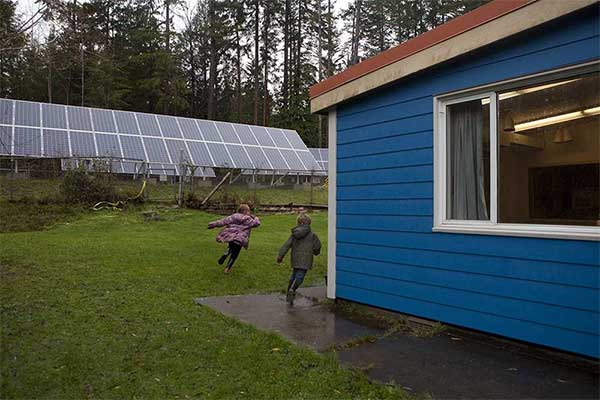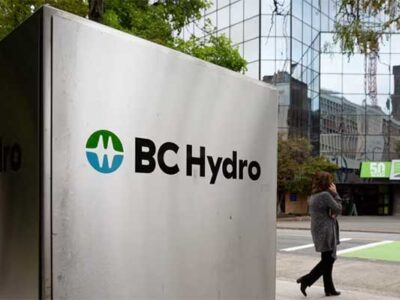Installing solar panels to generate power for large commercial institutions such as schools, can help reduce electricity costs significantly. With the huge power sink in schools, plus an average lifespan of 25 years for the system, solar power investment can save millions of dollars over the long term.
Solar power and proper energy storage technology can be the difference between no school and maintaining regularly scheduled classes. Coupling solar with energy storage ensures safety, and that schedules are kept even in a massive blackout.
Case in point is when close to 18,500 people in the mid and northern areas of the city of Oshawa, Ontario, Canada—were left in the dark on the evening of Monday, November 14, 2016—because a transformer had blown out. Even after initial repairs, a second transformer blew out too.
The University of Ontario Institute of Technology, a major educational facility in the city—had to cancel all of its evening classes due to the outage.
Schools can protect against rising electricity costs, save on carbon emissions and tackle climate change by going solar. Adding energy storage to the mix enables schools to ‘self-consume’ a higher percentage of the power that their solar panels produce.
Another example in support of coupling solar and storage is the case of power loss at the False Bay school, on Lasqueti Island, B.C., Canada. The two classroom school’s Principal, Reid Wilson discovered that the school’s backup source of power, a diesel generator, had broken down only when the building suddenly went dark.
The normal schedules at this school had to be canceled for two days to fix the generator.
“The solar power system was just kicking out tons of power to the point where we virtually didn’t run our generators at all,” he said. “We didn’t even know (the generator) was broken for a while.”
The Canadian Press reports that the school had been running entirely on solar during the dark, wet, dreary October days.
Although the school has reduced its diesel fuel use from about 16,000 liters annually to about 6,000 liters, reducing carbon emissions by about 28 tons a year, this power loss situation wouldn’t have occurred if there had been an energy storage system in place.
“Myself and virtually everybody on the island have solar panels and renewable energy at home,” continued Reid Wilson.
Solar power is a renewable substitute for fossil-fuel-burning power plants, which emit greenhouse gases that lead to global warming. Switching to solar energy is one of the biggest changes we can make to curb global warming. With rising concerns about our carbon footprint and the mounting cost of energy, solar is a wise investment for the health of the environment and for future generations.
In most countries, renewable energy is owned by individuals and communities which cover only a fraction of their energy needs and operations. But schools could help make solar power a familiar sight for the kids who are the future—and make it an attractive proposition for parents and policy makers.
















Comments